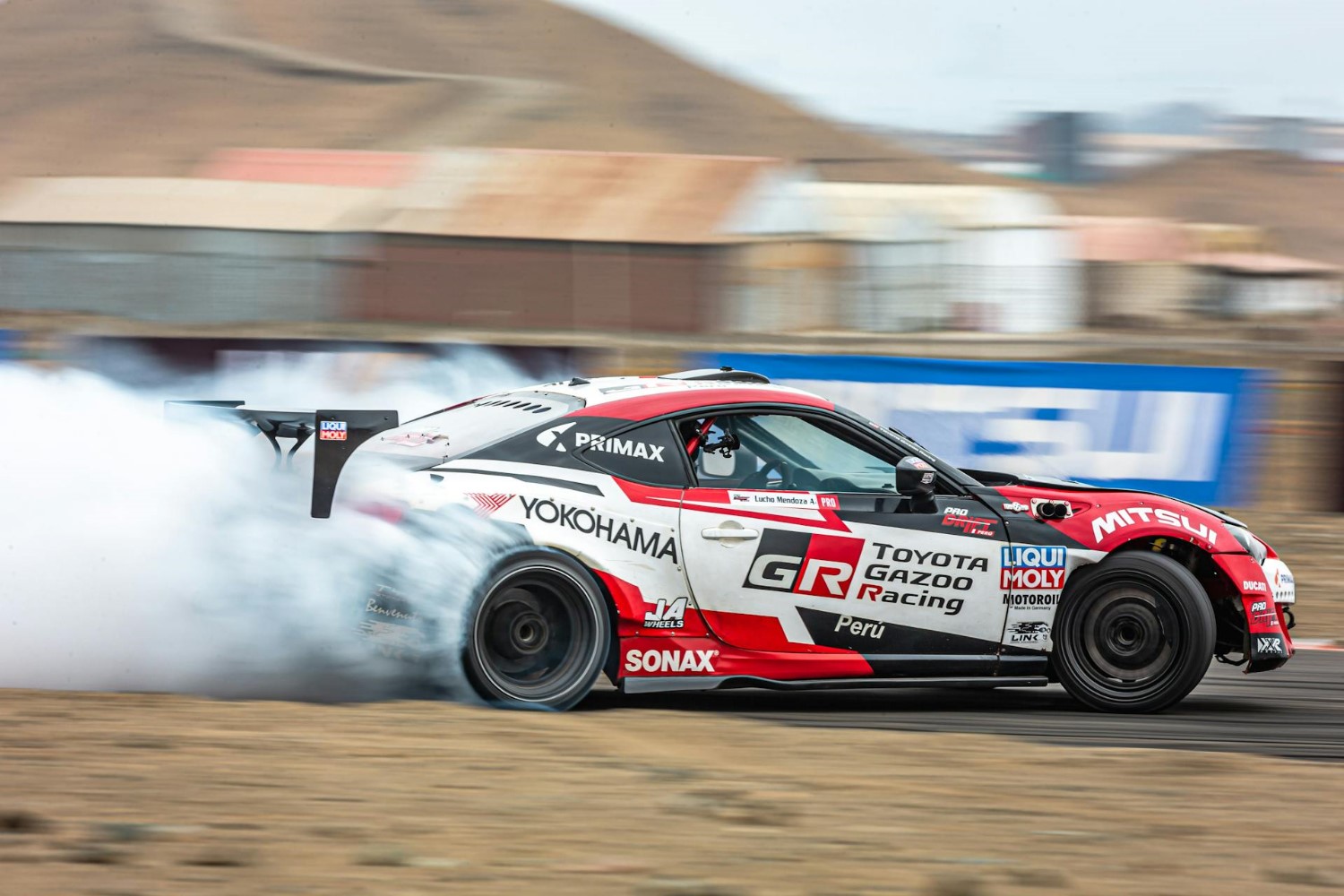What Motorsports Can Learn from the Rapid Rise of Competitive Esports Communities
Motorsports and esports may seem like distant cousins on the surface, but in reality, both industries are racing down surprisingly parallel tracks.
In recent years, competitive esports communities have exploded in scale and influence, creating playbooks around fan engagement, sponsorship innovation, and live-streaming that traditional motorsports should pay attention to if they want to capture the next generation of fans.
At the heart of this shift is how esports leverage digital spaces to amplify interaction, whether through digital racing or other games. Gone are the days when fan engagement was limited to race-day attendance or a fleeting television interview. Esports has proven how digital-first experiences, supported by robust communities and real-time participation, fuel sustained interest. This is something motorsports organizations, from Formula 1 to grassroots karting leagues, are slowly adopting through sim racing and interactive platforms.
Community Engagement is Now the Real Engine
Competitive esports didn’t just grow because of the games themselves—it grew because it understood how to build ecosystems. These ecosystems encourage loyalty, foster interaction, and blur the line between spectator and participant. Live chats, social media streams, and influencer partnerships have become standard in esports, giving fans a direct line into the action. Motorsports, on the other hand, still treats fan access as a privilege rather than a norm in many cases.
One area where esports shines is how it has made betting and spectatorship more integrated through digital platforms. Viewers can engage with matches not just by watching but by participating through predictions, fantasy leagues, and community challenges. This ties into things like betting on esports at Thunderpick, a platform where fans are not just watching but also interacting with the competitive outcomes in real-time.
These platforms merge the entertainment of watching with the strategic thinking of prediction, creating a more engaged and invested audience. Betting on esports is a seamless, smooth experience in today’s world, and a lot of people turn to this as part of the overall package.
Following on this, Thunderpick also provides detailed insights through resources like its FISSURE Playground 1 Betting Predictions blog. This offers analysis not only for seasoned fans but for newer viewers looking to understand team dynamics, performance patterns, and competitive trends.
These added layers help transform casual viewers into more dedicated fans, providing value beyond the immediate thrill of a match. This same level of accessible, educational engagement is something motorsports can learn from as it expands into virtual racing and hybrid events.
Esports Has Redefined Sponsorship and Brand Loyalty
Motorsports has long relied on physical advertising spaces—cars, tracks, uniforms. While these remain effective, esports demonstrates how digital branding can reach wider and more engaged audiences.
Sponsorship in esports often extends beyond simple logo placements. Brands become part of the content through collaborations, exclusive events, or in-game promotions, which leads to higher visibility and deeper fan loyalty.
This is not just about slapping a logo on a racing simulator. It’s about integrated experiences where brands contribute to the community. Motorsports can take cues from this by evolving beyond traditional sponsorship deals and into creating digital touchpoints that foster genuine connections with fans.
Streaming Innovation Shapes the Future of Viewership
Live streaming has done more for esports than any other medium. It has made stars out of players, brought in sponsors, and connected fans across the globe. The interactivity of platforms like Twitch has become the blueprint for how modern audiences want to engage—with freedom to comment, participate, and even influence outcomes in real-time.
Motorsports is experimenting with this through onboard camera streams, driver audio feeds, and interactive dashboards, but there is still a gap in delivering the same level of interactivity that esports has normalized. Younger audiences especially value this immediacy and transparency, and motorsports would benefit from accelerating its efforts here.
Lessons for the Track Ahead
At its core, both esports and motorsports revolve around performance, strategy, and spectacle. However, esports has been quicker to understand how digital tools turn these elements into community-driven experiences. Motorsports is catching up with sim racing, esports crossovers, and digital fan initiatives, but the lessons are clear: the future is interactive, immediate, and integrated.
| Comparison | Motorsports | Esportsi-ra |
| Fan Engagement | Mostly passive; event-driven | Highly interactive; digital-first |
| Sponsorship | Traditional branding (cars, tracks) | Integrated partnerships; community-driven |
| Viewership Experience | Broadcast-focused; delayed interaction | Live streaming; real-time engagement |
| Community Involvement | Limited; mainly fans and attendees | Open participation; players, viewers, creators |
| Accessibility | Higher barriers (cost, location) | Global access; digital participation |
| Revenue Streams | Ticket sales, merchandising, licensing | Streaming, microtransactions, partnerships |
| Technology Integration | Slow adoption of interactive tools | Constant innovation in tech and platforms |
| Growth Potential | Established but traditional | Rapid and still expanding globally |
| Fan Demographics | Older, legacy fanbase | Younger, tech-savvy audiences |
Motorsports can thrive by embracing these evolving standards. The days of passive viewership are fading. Future fans want to be part of the action, not just observers. Looking at esports offers a clear roadmap for how to make that happen.
By studying the rapid ascent of esports, motorsports organizations have a real opportunity to future-proof their industry. The overlap between these two worlds is only going to deepen, especially as younger generations look for entertainment that goes beyond the screen and into their daily lives.
Both industries are chasing the same checkered flag: relevance in a world where attention is the prize.
